Gum grafting is a surgical procedure designed to restore gum tissue that has been lost due to gum recession. This innovative treatment not only addresses aesthetic concerns but also plays a crucial role in maintaining overall dental health. By utilizing various grafting techniques, dental professionals can effectively combat the effects of gum recession, enhance dental implant success, and improve patients’ quality of life.
What Causes Gum Recession?
Gum recession is a common dental concern that can lead to inviting several complications like tooth sensitivity, increased risk of tooth loss, and adverse cosmetic effects. Understanding what triggers this condition is essential for effective management and treatment.
Overview of Common Causes
Gum recession can stem from numerous factors, and a thorough understanding of these causes is necessary for prevention and intervention.
Gum Disease Gum Infection (Gingivitis → Periodontitis)
One of the primary culprits contributing to gum recession is gum disease, which starts with gingivitis and progresses to periodontitis if left untreated.
- Gingivitis: This is the early stage of gum infection characterized by inflammation, redness, and bleeding of the gums.
- Periodontitis: This condition can develop when gingivitis worsens, leading to loss of gum tissue and bone. The bacteria and toxins from plaque accumulation create pockets around the teeth, which result in further recession.
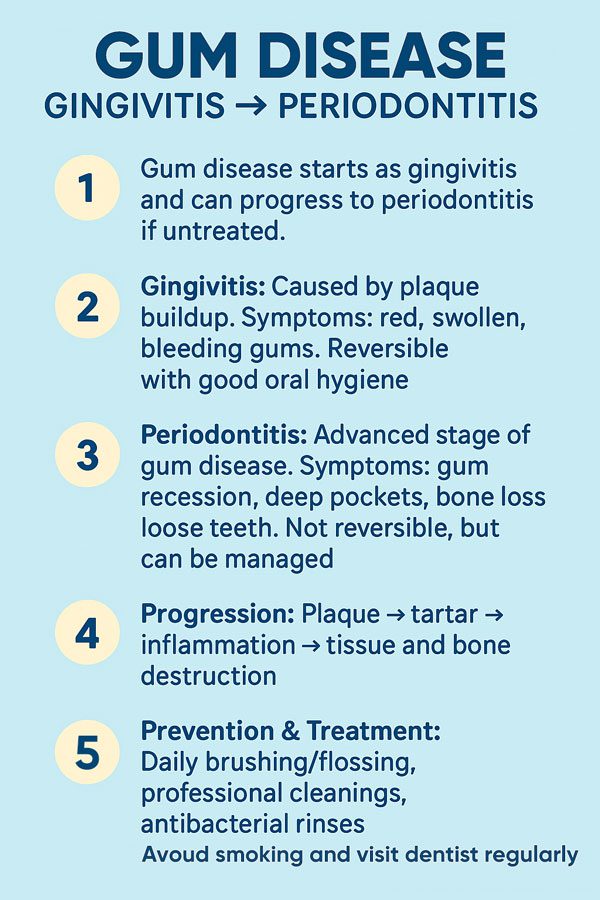
The body’s immune response to this increasing infection can accelerate tissue loss, making prompt treatment vital to prevent long-term damage.
Overbrushing or Harsh Brushing
Sometimes, individuals may unknowingly contribute to gum recession by brushing their teeth too aggressively or using a toothbrush with hard bristles.
- Overbrushing: When the gums are brushed too vigorously, significant damage can occur, leading to gum tissue trauma.
By employing a gentle brushing technique and using a soft-bristled brush, individuals can better protect their gums.
Genetics, Smoking, Aging
Genetics also play a role in gum health, with some individuals being more predisposed to gum diseases than others.
- Smoking: Tobacco usage compromises blood flow to the gums, reducing their overall health.
- Aging: As people get older, they often experience natural gum shrinkage due to degenerative changes in the oral cavity.
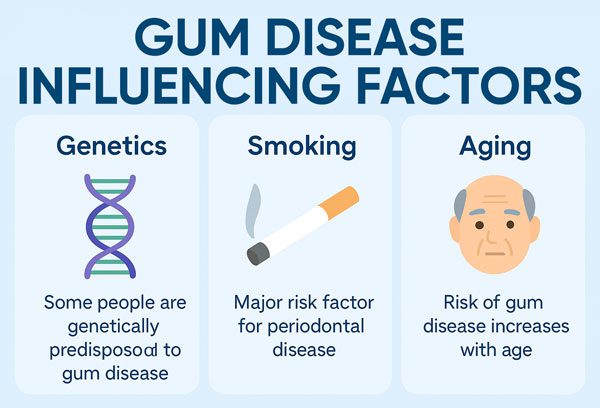
Identifying these risk factors is essential for preventing gum recession.
Link to Tooth Sensitivity and Aesthetic Concerns
Gum recession can lead to dentin exposure, causing heightened tooth sensitivity to hot and cold stimuli, making everyday enjoyment of food and beverages a challenge.
Moreover, the aesthetic considerations of gum recession cannot be overlooked; longer-looking teeth and an uneven gum line can diminish one’s smile and self-esteem. Addressing these concerns through timely gum recession treatment is essential for both cosmetic and functional reasons.
Why Early Gum Recession Treatment is Essential
Addressing gum recession early is paramount in preventing more severe issues like tooth loss or the need for dental implants in the future. Treatments such as gum grafting can help restore lost gum tissue and decrease the likelihood of further recession.
Individuals noticing symptoms of gum recession should make an appointment with their dentist for gum disease to receive a thorough examination and appropriate treatment plan.
What Is Gum Grafting?
Gum grafting is a specialized surgical procedure aimed at repairing receded gum tissue. Understanding its definition, purpose, and different types can help demystify the procedure.
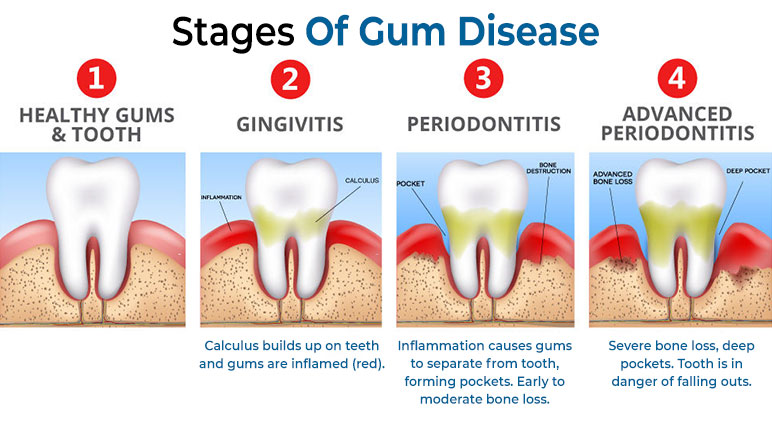
Definition and Purpose
Gum grafting is performed to cover exposed tooth roots, restore the gum line, and aid in the reestablishment of healthy gum tissue. The purpose of this surgical intervention extends beyond aesthetics and addresses functional concerns as well.
- Restoration: Grafting helps in rebuilding the gum tissue that surrounds the roots of the teeth, providing much-needed support.
- Protection: It secures the teeth from further recession and subsequent oral diseases, safeguarding long-term dental health.
Types of Dental Graft Surgery
There are several types of dental graft surgery, each catering to specific needs based on the patient’s condition.
Free Gingival Graft
This technique involves taking a small piece of tissue from the palate, which is then grafted onto the affected area.
- Indication: Often used for patients who require more gingiva for periodontal health.
- Pros: This method effectively increases keratinized tissue, bolstering gum strength.
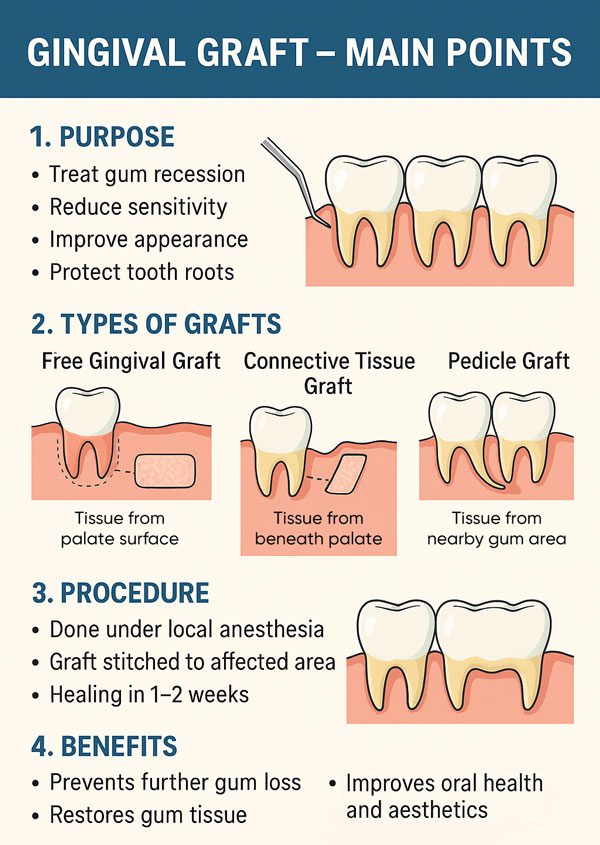
Connective Tissue Graft
A more common method, the connective tissue graft involves harvesting a section of tissue from underneath the flap of the gum tissue.
- Advantages: This approach minimizes discomfort while preserving the donor site.
- Enhanced outcomes: It typically provides esthetically pleasing results, as it allows for a more natural appearance.
Pedicle Graft
This procedure entails moving gum tissue from an adjacent healthy area of the gum to cover the area of recession.
- Unique Feature: The advantage of using a pedicle graft is that the tissue is still attached to the donor site, which can lead to quicker healing.
- Limitation: This may not be suitable for patients with insufficient gum tissue.
When Gum Grafting is Recommended
Gum grafting is often recommended in conditions where gum tissue loss poses a risk of continued recession or dental health deterioration.
Patients may benefit from this procedure when they experience significant gum recession, have sensitivity concerns, or require support for upcoming dental implants for teeth. Consulting a qualified dental professional remains key to determining the right course of treatment.
Gum Grafting and Dental Implants
The relationship between gum grafting and dental implants cannot be overemphasized, as the presence of robust gum tissue is vital for the success of dental restoration procedures.
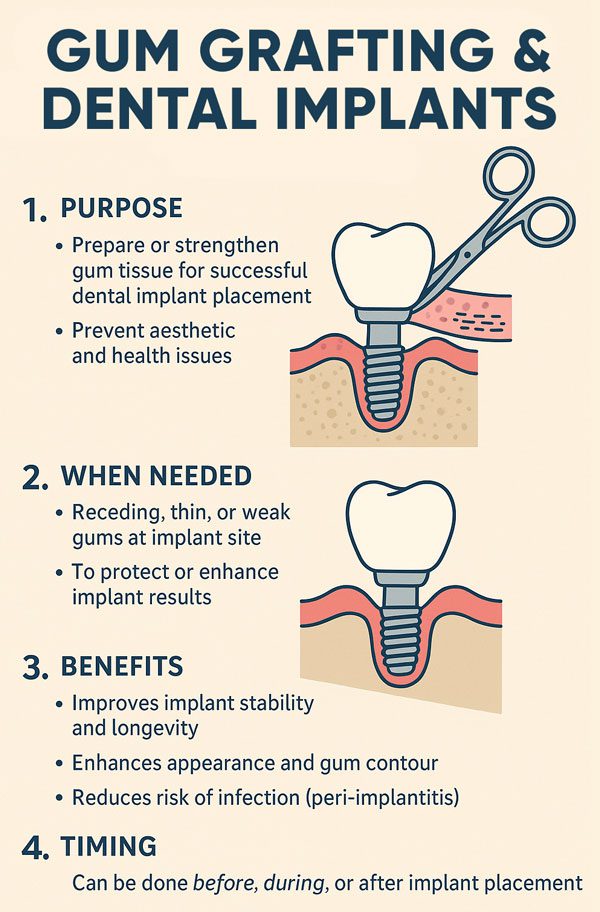
Why Gum Grafting May Be Needed Before or After Placing Dental Implants for Teeth
For dental implants to be successful, they must be firmly anchored in healthy bone that is covered by adequate soft tissue.
- Pre-Implant Grafting: Sometimes, gum grafting is performed prior to implant placement.
- Support: This ensures that there is healthy gum coverage, which shields the implant site and influences the implant’s integration with the bone.
Importance of Strong, Healthy Gums for Implant Success
The gums play a critical role in the long-term success of implants.
- Protection: Strong gums act as a protective barrier against infection and inflammation, which are primary threats to implant health.
- Aesthetic Appeal: Well-grafted tissue contributes to a natural appearance, augmenting the overall outcome of the implant procedure.
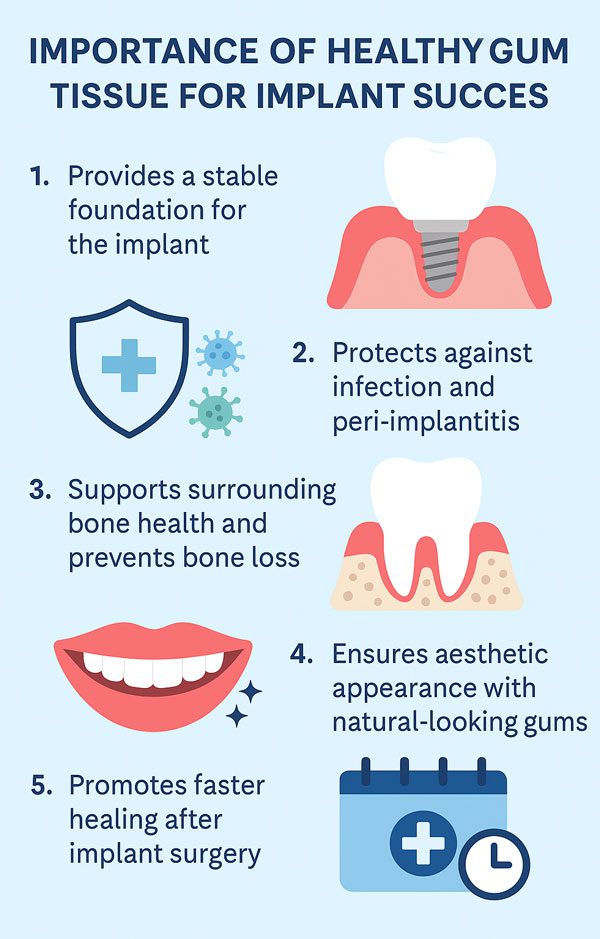
Role of Bone Support and Soft Tissue Coverage
The significance of both bone support and soft tissue coverage cannot be overstated.
- Bone Integration: The implant needs to be placed in bone that can adequately support it, requiring sufficient width and height.
- Soft Tissue Coverage: Adequate gum coverage provides a supportive seal around the implant, preventing bacteria from entering the underlying bone.
Successful dental implants hinge on the integration of these factors with gum grafting serving as a key component.
Signs You May Need Gum Grafting
It is crucial for individuals to recognize the symptoms that may indicate the need for gum recession treatment.
Common Symptoms
Being able to identify early signs of gum recession can lead to timely intervention and better outcomes.
Gum Soreness
Persistent soreness in the gums can signal underlying issues.
- Inflammation: As gums recede, they may become irritated and inflamed, leading to discomfort.
- Sensitivity: Increased sensitivity in the gums and teeth can point toward recession.
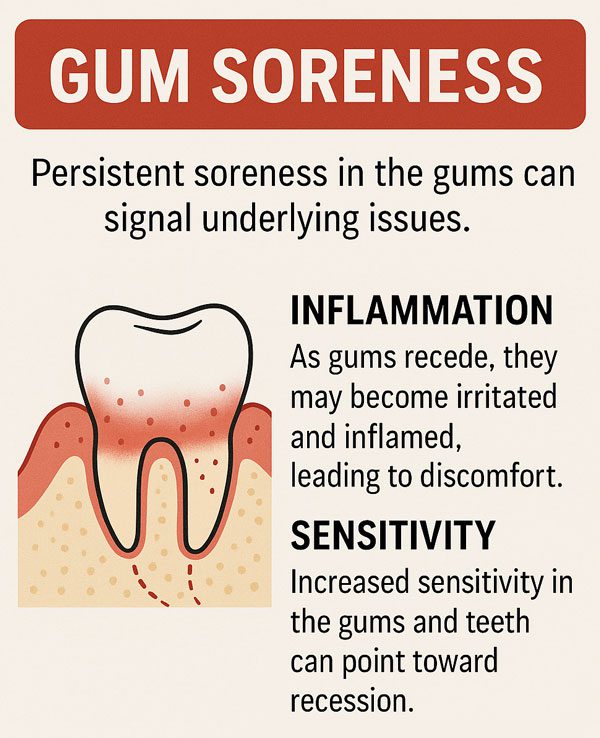
Longer-Looking Teeth
Teeth that appear longer than normal can signal that gum tissue is receding.
- Cosmetic concern: This not only affects the tooth’s appearance but can also impact self-esteem.
- Need for intervention: This visibility of tooth root structures may prompt the need for grafting.
Sensitivity to Hot/Cold
Heightened sensitivity, particularly when consuming hot or cold food/beverages, becomes increasingly common.
- Dentin Exposure: As gum tissue recedes, dentin becomes exposed, resulting in heightened sensitivity.
- Quality of Life: This can affect daily comfort and lifestyle choices, making it vital to consult a professional.
Bleeding When Brushing
If bleeding occurs while brushing, it can be a sign of gum disease alongside recession.
- Warning Sign: This could indicate inflammation, suggesting that the gums may not be as healthy as they should be.
- Early Action Recommended: Seeking professional help can address concerns promptly, reducing the risk of further complications.
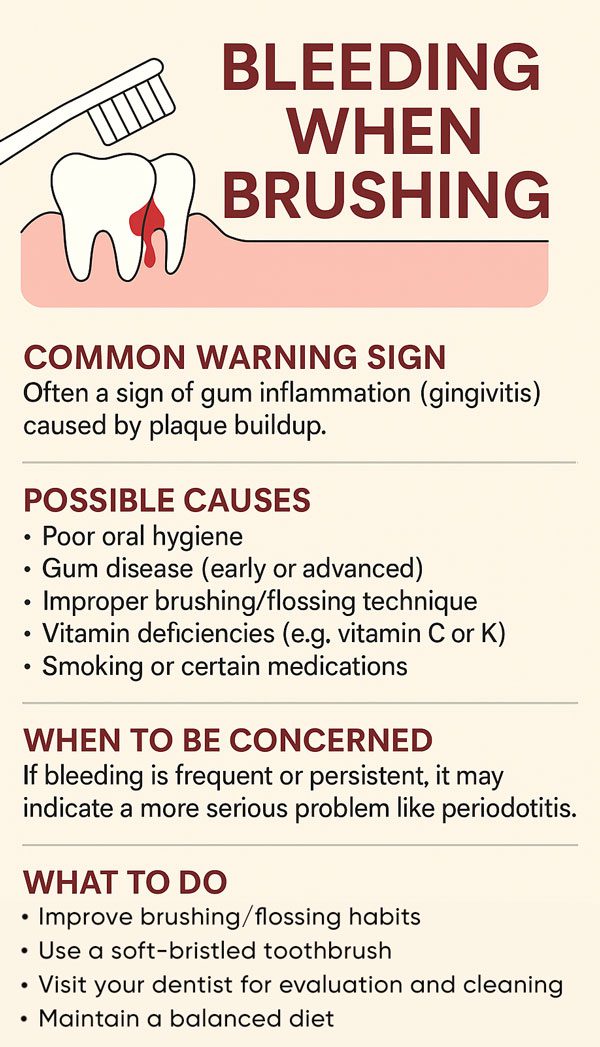
When to See a Dentist for Gum Disease
Individuals experiencing one or more of these symptoms should consult with their dentist for gum disease.
- Early Intervention: It’s vital to tackle gum disease and recession through treatments such as gum grafting before serious complications arise.
- Comprehensive Exams: Regular dental check-ups are essential to identify the early signs of gum issues, enabling timely intervention.
The Gum Grafting Procedure
Understanding what to expect from the dental graft surgery procedure can alleviate anxiety and improve outcomes.
Consultation and Diagnosis
Before embarking on the gum grafting journey, patients must undergo a detailed consultation.
- Comprehensive Evaluation: The dentist will assess the extent of gum recession and its underlying causes, possibly including X-rays for more accurate diagnostics.
- Personalized Treatment Plan: Based on the diagnosis, a tailored treatment plan will be developed to address individual needs.
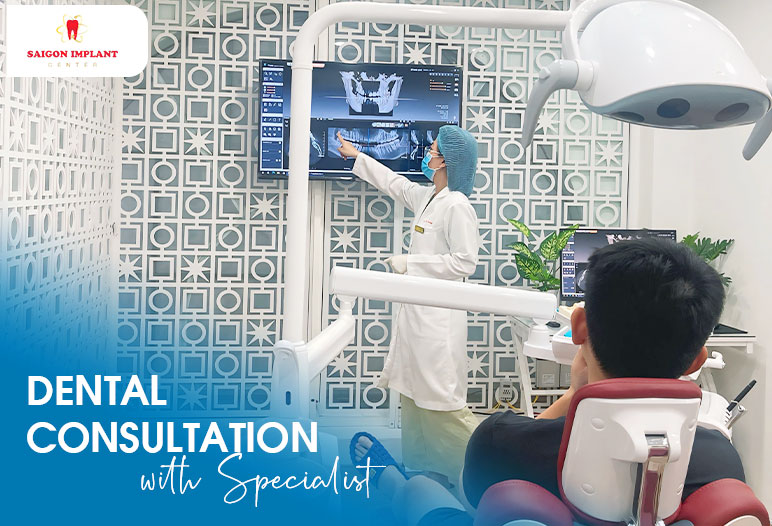
Harvesting Tissue (From Palate or Donor Material)
The next stage in the gum grafting process involves the extraction of tissue.
- Local Anesthesia: The procedure starts with local anesthesia to ensure patient comfort during tissue extraction.
- Tissue Harvesting Techniques: Depending on the graft type, tissue can be harvested from the patient’s palate (autograft) or donor tissue (allograft) can be employed.
Surgical Process Overview (Usually Local Anesthesia)
The actual surgical procedure involves placement of the harvested tissue precisely where gum recession has occurred.
- Placement: The tissue is carefully secured to promote healing and solidify coverage over exposed tooth roots.
- Surgical Skill: The expertise of the dental professional can make a significant difference in terms of aesthetics and functional outcomes.
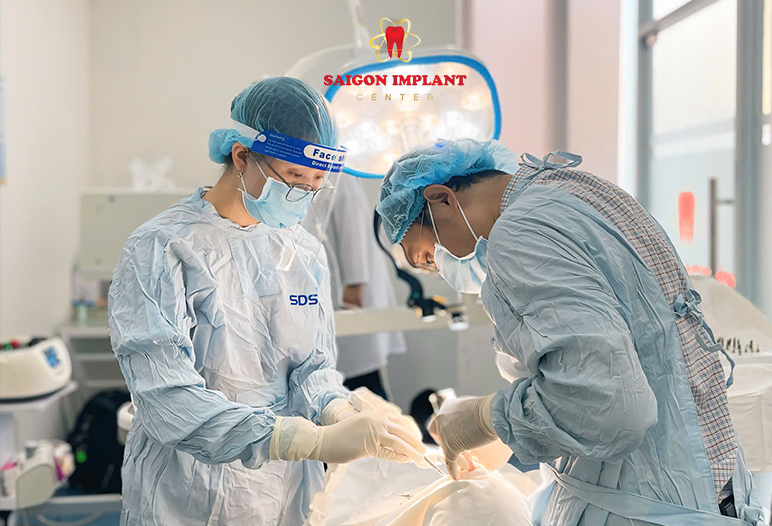
Healing Time and Follow-Up Visits
Post-surgery, it’s essential to follow recommendations regarding healing time and follow-up visits.
- Healing Process: Most patients will experience some swelling and discomfort in the initial days, but this can generally be managed with over-the-counter pain mitigators.
- Check-ups: Follow-up visits will often be scheduled to monitor healing and assess the graft’s stability.
Recovery and Aftercare
The recovery period following a gum grafting procedure is pivotal for ensuring a successful outcome.
What to Expect Post-Surgery
Post-operative expectations include various factors to watch for.
- Initial Symptoms: Patients may experience slight swelling, discomfort, and bleeding, which should gradually improve over time.
- Healing Timeline: Full recovery typically takes several weeks, during which patients should be mindful of potential irritation or complications.
Tips to Reduce Pain, Swelling, and Ensure Healing
Managing pain and swelling is crucial in the recovery process.
- Cold Compresses: Applying cold compresses to the external cheek area can help minimize swelling and discomfort.
- Pain Relievers: Over-the-counter medications can also ease post-operative pain when taken as directed by the dentist.
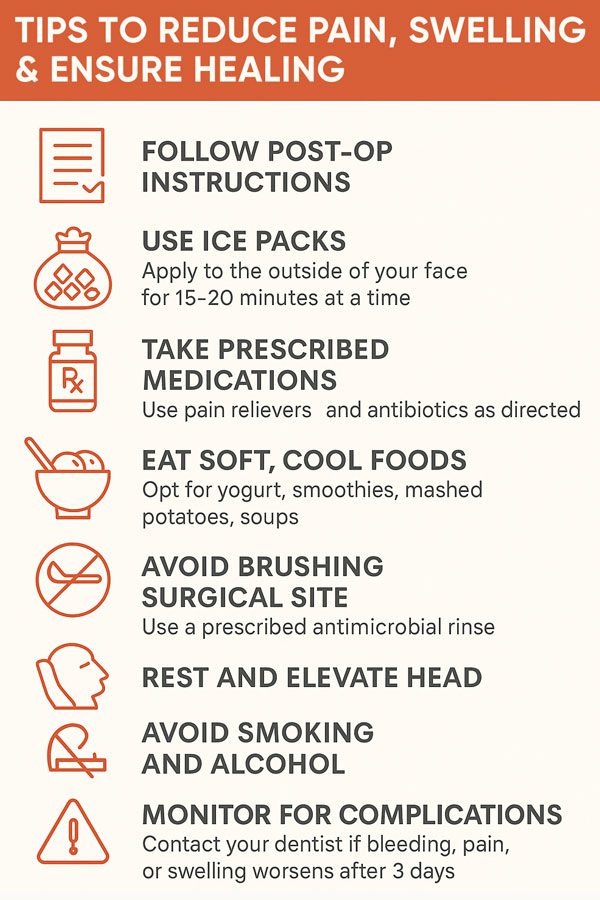
Diet Recommendations and Oral Hygiene Adjustments
Adjusting dietary choices and oral hygiene routines can significantly minimize discomfort during recovery.
- Soft Foods: Gradually consuming soft foods is advisable, especially during the initial weeks, to avoid irritation of the surgical site.
- Gentle Oral Hygiene: Maintaining oral hygiene with careful brushing and avoiding flossing around the grafted site ensures the graft properly heals without becoming infected.
How Long Results Last and Maintenance Advice
Well-executed gum grafting can yield long-lasting results.
- Long-Term Care: Proper dental hygiene and routine check-ups play a crucial role in maintaining gum health post-grafting.
- Sustaining Outcomes: Regular monitoring by dental professionals can help assess the longevity of results and ensure ongoing gum health.
Conclusion
In summary, gum grafting is an effective solution addressing gum recession while laying the groundwork for successful dental implants. Early intervention with this procedure not only safeguards the integrity of the smile but also promotes overall dental health, making it indispensable. Reading these symptoms seriously and consulting a dentist for gum disease can lead to timely and effective treatment plans. Take charge of your gum health, and if you’re interested in gum grafting, book a consultation to explore your options for long-term dental wellness.

 Google Reviews
Google Reviews Call
Call
SAIGON IMPLANT CENTER
Best dentist in Vietnam
Saigon Implant Center - Dental Clinic utilizes the latest technology for specialized treatment in the field of Single implant, full jaw implants, All on 4 implants, All on 6 implants, Zygoma implant....
SAIGON IMPLANT CENTER
Best dentist in Vietnam
Saigon Implant Center - Dental Clinic utilizes the latest technology for specialized treatment in the field of Single implant, full jaw implants, All on 4 implants, All on 6 implants, Zygoma implant....